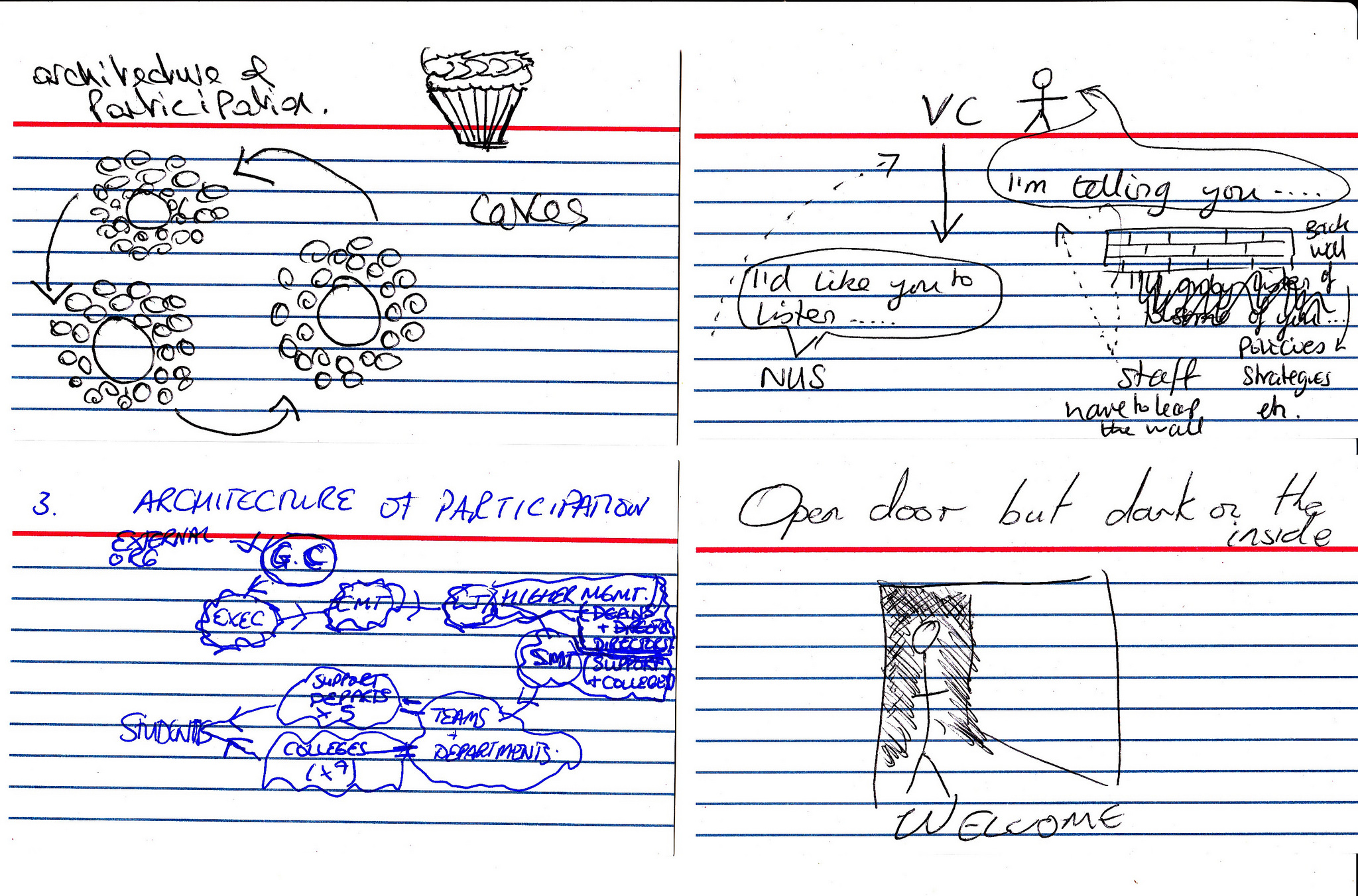How to build an architecture of participation

Back in 2014, when I was still at Mozilla, I wrote a post entitled Towards an architecture of participation for episodic volunteering. I bemoaned the lack of thought that people and projects put into thinking through how they’re going to attract, retain, and encourage the volunteers they crave.
‘Architecture of participation’ is a term used to describe systems designed for user contribution. It’s a term I use relatively often, especially at events and thinkathons run by our co-op. Not only is it a delightful phrase to say and to hear, but (more importantly) it’s a metaphor which can be used to explore all kinds of things.
In my 2014 post, I made some suggestions for ways to improve your project’s architecture of participation. I’ve updated and improved these based on feedback and my own thinking. Based on my experience, to build an effective architecture of participation, you need:
- A clear mission – why does this project exist? what is it setting out to achieve?
- An invitation to participate – do you have an unambiguous call to action?
- Easy onboarding – are there small, simple tasks/activities that new volunteers can begin with?
- A modular approach – do volunteers have to commit to helping with everything, or is there a way which they can use their knowledge, skills, and interests to contribute to part of the project?
- Strong leadership – do the people in control of the project embody the mission? do they have the respect of volunteers? have they got the capacity to make the project a success?
- Ways of working openly and transparently – does the project have secret areas, or is everything out in the open? (this post may be useful)
- Backchannels and watercoolers – are there ‘social’ spaces for members of the project to interact over and above those focused on project aims?
- Celebration of milestones – does the project recognise the efforts and input of volunteers?
Most of the links I can find around architectures of participation seem to be tied to Web 2.0 developments pre-2011. I’d love to see a resurgence in focus on participation and contribution, perhaps through the vehicle of co-operativism.
If you’ve got another couple of features that lead to a positive and effective architecture of participation, I’d love to hear them. Then this can be a 10-point list! As ever, this post is CC0-licensed, meaning you can do with this whatever you like.
(Image drawn by audience members during a keynote I gave at Durham University in 2015)

Here are some I would add:
Recruitment Events. Organizations need to actively plan and seek out contributors. Just labeling something “first bug” is not the way to engage the new people.
Leadership and Learning Opportunities: Think about the value add for a contributor. What are you offering to them beyond mission alignment?
Digestible Workflow: Beyond simply working in the open is your timetable, roadmap, and how you work easily digestible?
Transition Planning: Do you have a “handhsake”plan for contributors when either a staff member who guided them leaves or a project is sunsetted?